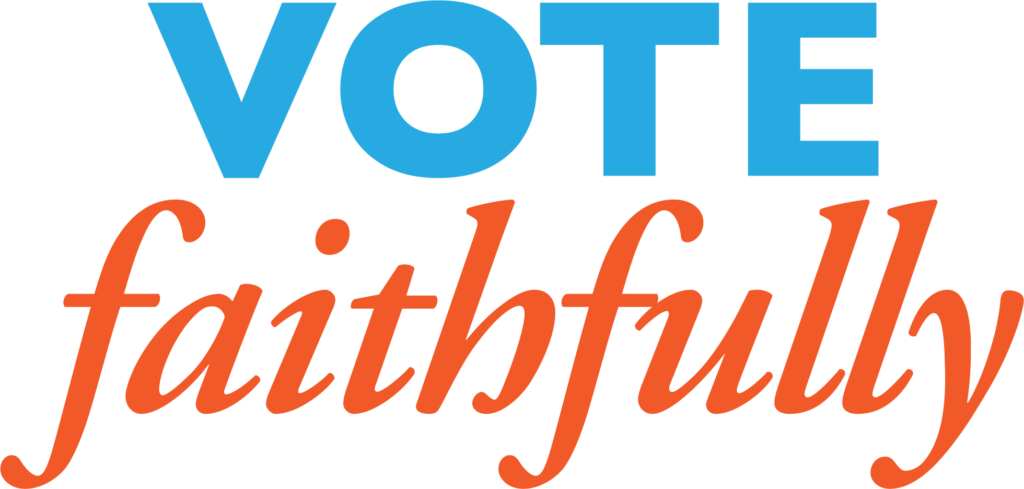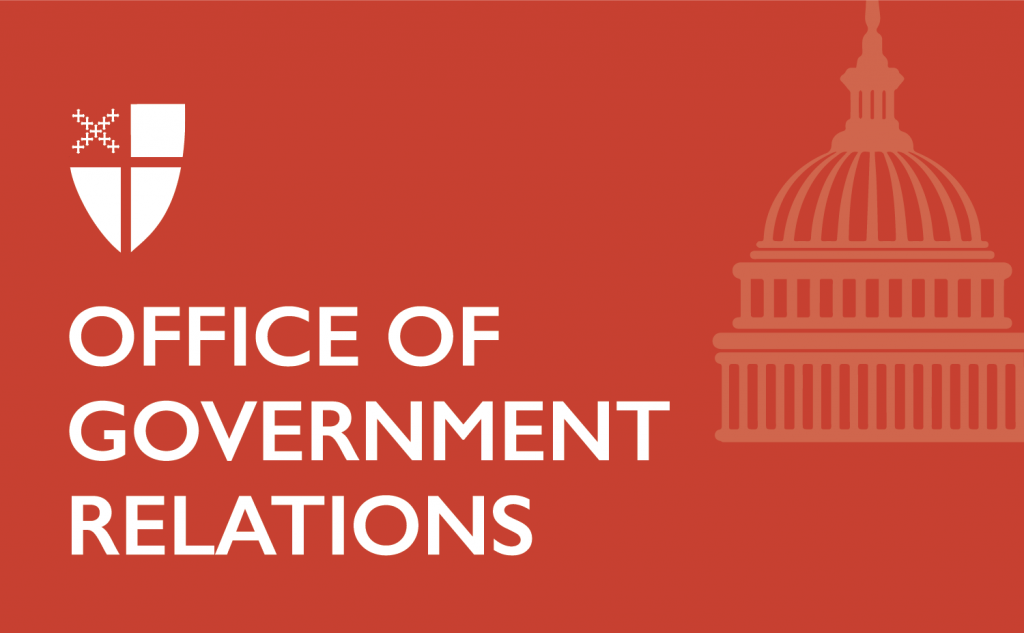Voting and Homelessness

For everyone, the voting process varies for every state and territory, so every person should check with your local Board of Elections office for voting information especially regarding any changes due to COVID-19. To find your local Board of Elections office, enter your territory or state online where you can then access registration, absentee ballot request forms and more.
Voting while experiencing homelessness does present challenges: By some estimates, less than 10% of people vote while experiencing homelessness, even though 60% of the homeless population was eligible to vote as of 2008. By comparison, 67% of U.S. voters cast a ballot in 2020. Most of these challenges can be overcome with a bit more effort and assistance from the community. All qualified individuals (including those experiencing homelessness) must be allowed to register and vote.
Below are just a few tips specifically for voting while homeless that you may find helpful and that may be useful to share within your community.
- On registering to vote: 19 states require a mailing address to register to vote, and while this is an obstacle, there are generally workarounds to accommodate registration. Additionally, many people experiencing homelessness may not have a precise residential address. Most states do not require a specific residential address but just a general geographical description of where one spends their time will do (i.e. “bench in City Park off I-40”). If an individual is living in a shelter, the address of the center will also work as a residential address. Check with your local Board of Elections office to confirm what is needed.
- On requesting an absentee ballot/voting by mail: Voters experiencing homelessness in every state can list anywhere they can receive mail as a mailing address for requesting an absentee ballot. Common mailing addresses for those experiencing homelessness include a residential shelter with mail center capabilities, relatives with a house or PO box, and in Oregon and Washington homeless voters can list the election clerk’s office as the mailing address and pick up the ballot there.
- A note on postage: Most states require the voter to provide postage to return the ballot, though some municipalities have different policies. In states with all mail-in voting systems, they frequently have ballot drop-off locations that do not require postage. Check out the National Conference of State Legislatures for information regarding postage policies. Additionally, it has been the Postal Service policy to deliver ballots even if postage is incorrect or missing.
- Voting in person: Use this resource to locate your nearest polling station. For many experiencing homelessness or those who move frequently, voting in person is often the best option for casting a ballot. Assisting those experiencing homelessness with casting their vote is also a matter of racial justice: 40% of people experiencing homelessness are Black or African American.
Explore this resource from the National Coalition for the Homeless to see every states’ policy on voting while homeless.
Additional Resources
- State by State Voting Guide for the Homeless from 2020 (“Know Your Rights”)
- HUD Partner Resource with U.S. Interagency Council on Homelessness (USICH)
- Step-by-Step Multilingual Voting Guide for People Experiencing Homelessness (USICH)
- State Laws That Address Residency, Homelessness, and Voting (NCSL)
Additionally, voter service centers are becoming more and more popular across the country offering a potentially more accessible and straightforward alternative to local precincts. While the number of such centers has been growing for some time, more recently, some MLB, NBA and NFL teams are offering their stadiums as an early voting and Election Day voting centers, including teams in Charlotte, Atlanta, Detroit, and Milwaukee.
—
Write us to get your #VoteFaithfully sticker OR magnet today! Office of Government Relations
Contact:
The Office of Government Relations
eppn@episcopalchurch.org

